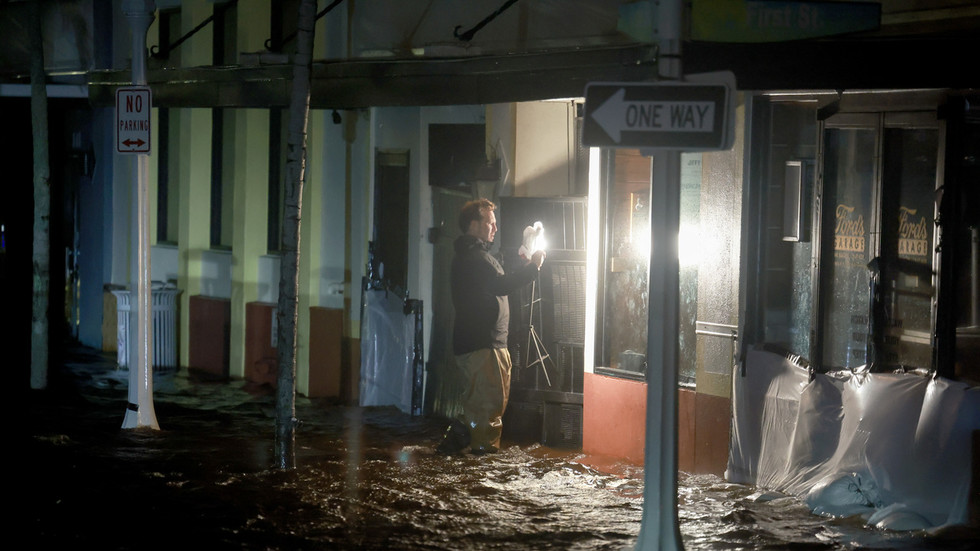On Wednesday, Hurricane Milton, a powerful Category 3 storm, struck the US coast, particularly affecting Florida, where millions found themselves without electricity. The storm made landfall near the popular tourist destination of Siesta Key in Sarasota County, unleashing a barrage of destructive forces that included intense winds, heavy rainfall, and severe storm surges. The National Weather Service reported a staggering number of tornado warnings, with up to 111 reported across various locations. This catastrophic weather system initiated a significant emergency response as local officials urged residents to take cover and prepare for the worst.
As the storm struck, its impact was devastating, leading to confirmed fatalities along Florida’s Atlantic coast, with St. Lucie County Sheriff Keith Pearson stating that there were “multiple” deaths reported. The tornado activity was rampant, with dozens of tornadoes touching down across the region, causing destruction in several communities. Notably, one of the tornadoes devastated the Spanish Lakes Country Club, tragically resulting in numerous lives lost. These extreme weather conditions, marked by high winds and heavy rain, created a dangerous environment, compelling many residents to seek safety indoors.
In addition to tornadoes, the hurricane’s winds resulted in extensive property damage. In St. Petersburg, multiple construction cranes collapsed, highlighting the storm’s violent nature. Moreover, the iconic Tropicana Field stadium lost its roof as Milton’s ferocious winds swept through the area, showcasing the scale of the destruction inflicted by the storm. Emergency services and local authorities mobilized quickly to assess the damage and assist those affected, but the situation remained precarious as Milton weakened to a Category 1 hurricane while still posing significant risks to life and property.
Despite being downgraded, Hurricane Milton continued to wreak havoc as it moved further inland across the peninsula. The National Hurricane Center warned of ongoing flash flood emergencies in parts of west-central Florida, underscoring that the danger was far from over. Local officials urged residents to remain vigilant, as the storm’s remnants could still bring life-threatening conditions to areas already affected. As heavy rain continued to fall, concerns mounted over the potential for further flooding and infrastructure damage in the wake of the storm.
Throughout the day, social media platforms buzzed with footage from residents sharing their experiences and showcasing the extent of the devastation caused by Milton. The storm has been labeled by the National Hurricane Center as “one of the most destructive hurricanes on record for west-central Florida,” illustrating the severity and historical significance of this weather event. The sheer scale of destruction prompted not only local but also national attention, as recovery and relief efforts were anticipated to be substantial and complex.
As the region grapples with the aftermath of Hurricane Milton, officials will face the daunting task of assessing the damage, providing support to those affected, and preparing for recovery efforts. The destruction left in the storm’s wake serves as a grim reminder of the power of nature and the ongoing challenges posed by climate-related disasters. Moving forward, communities in Florida will need to band together, demonstrating resilience as they navigate the recovery process and plan for future storm preparedness.

